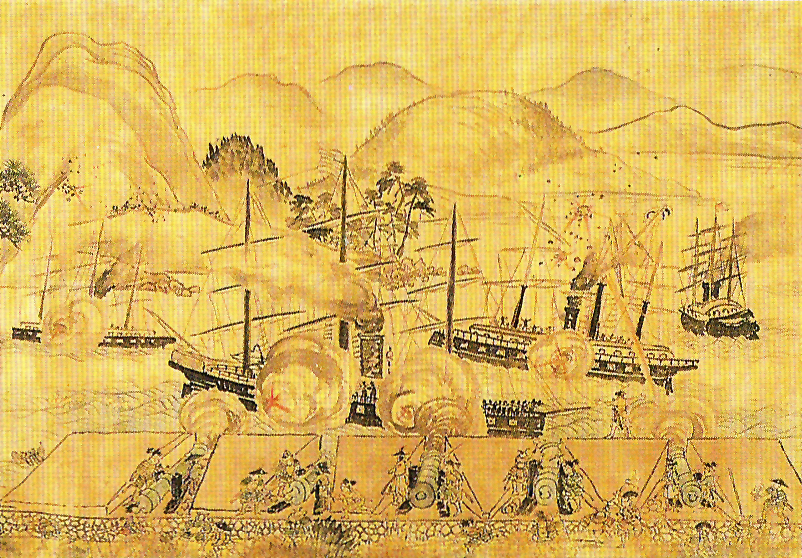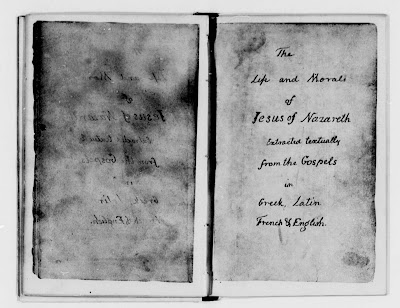Some historians cite the establishment of a permanent Russian presence on Sakhalin by 1812 as the beginning of the end for Seclusion and the Shogunate in Japan. Though the power of the Shoguns would continue for decades to come, this failure of the 1808 declaration of
Ezochi, Sakhalin, and the Kuriles as sovereign territory of Japan was seen by many intriguers as a sign of weakness. Moves by the Shogunate to strengthen its hold on Ezochi through direct rule may have backfired, because the displaced
Matsumae clan became more responsive to Russian influence and is believed by many historians to be behind the smuggling that began in Ezochi at that time, though the only people caught at the activity were
Ainu. Continual rebuffing of Russian overtures for trade contributed to Russian interest in smuggling as a way to gain Japanese goods. By 1840, serriptitious trade with the Russians and perceived weakness of the Shogunate combined to lead to the Ezochi Revolution. Fueled mostly by Russian weapons, the rebellion did well at first, but was doomed to failure eventually given the disproportionate numbers involved. However, a direct entreaty by the Matsumae to the Russian Empire was used as a diplomatic excuse to send a fleet to Edo. Under threat of the more advanced weapons of the Russian navy, the Shogun was forced to open Japan to some foreign (Russian) trade through Ezochi, and to acknowledge the autonomy of Ezochi with Russia as guarantor, though Ezochi officially still remained part of the Japanese nation. The days of the Shogonate at that point were clearly numbered.
The Ainu People of Ezochi
)


